We always love getting good technical questions from our customers that let us know how we can improve our products and further help our customers in understanding our products. We received this urgent request from Cheryl, and we felt it was worth sharing:
“I am in desperate need of help regarding your fluoride test strips I purchased. What do the numbers on the scale represent? If the limit of fluoride is restricted to 0.7 mg/liter, how do I use and read these? My daughter has a major science project due, and in addition to this, we have been challenged in getting hydrochloric acid for the water samples. We are now stuck trying to figure out a procedure. Sad the tube of strips basically provided no information. HELP!”
-Cheryl
Below is our response to Cheryl, and hopefully, it gives you a better understanding of our Fluoride Test Strips.
Detection Limit of Fluoride Test Strips
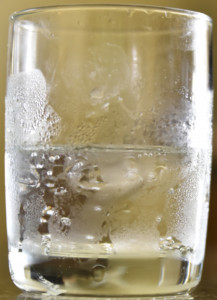 The Fluoride test strip measures fluoride levels at 0, 10, 25, 50, and 100 ppm. PPM stands for parts per million, and this is equivalent to milligrams per liter (mg/l). The EPA limit for fluoride in drinking water is 4 mg/L or ppm. Typical dosing of water systems results in a 1 ppm level. If you are trying to monitor 0.7 mg/L or 0.7 ppm, it will not be possible using our test strips. A result of 0.7 ppm would be very close to the color associated with 0 ppm on the color chart.
The Fluoride test strip measures fluoride levels at 0, 10, 25, 50, and 100 ppm. PPM stands for parts per million, and this is equivalent to milligrams per liter (mg/l). The EPA limit for fluoride in drinking water is 4 mg/L or ppm. Typical dosing of water systems results in a 1 ppm level. If you are trying to monitor 0.7 mg/L or 0.7 ppm, it will not be possible using our test strips. A result of 0.7 ppm would be very close to the color associated with 0 ppm on the color chart.
Our Fluoride test strips are better at detecting a gross amount of fluoride than they are at proving testing at the EPA level. For example, they may be used to detect a spike in water treatment or to detect some naturally occurring groundwater contamination.
The Solution Must Be Acidified
These test strips are also a little tricky to use. The sample solution MUST be acidified to a pH of 0.5 or lower for them to work. This instruction is included on the Fluoride test strip label. To achieve this, you will need to use some muriatic acid (hydrochloric acid) that can be purchased from a local hardware or pool store.
The easiest way to acidify a sample is to add an equal volume of acid to the sample. For example, if you have 1 oz of the sample, add 1 oz of acid. This should lower the pH to the right level. However, please note that when you do this, you are diluting the sample by a factor of 2. Thus, you will need to multiply the ppm result from the chart by 2 (the dilution factor). This step is not currently noted on our label, but when we reprint, we will add this step, along with ppm or mg/L to the color chart to ensure it is very clear.
Aside from the pH level and dilution factor, the fluoride test strip works like any other. Dip it into the solution for 1 second, remove and wait 10 seconds before comparing to the color chart. Unlike our other test strips, however, the colors actually go in reverse on this strip. All of our other test strip color charts go from light to darker colors. The Fluoride test strip color chart actually gets lighter as the ppm value increases.
Alternative Testing Methods
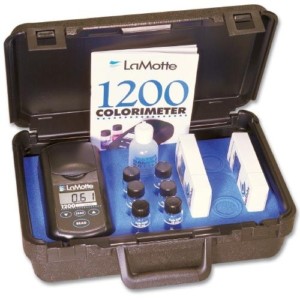 So let’s look at Cheryl’s example of how she wants to use the strips. Let’s say the water has 4 ppm fluoride in it. A sample diluted 1:1 will test at 2 ppm. Using our test strips, the color will be very close to the 0 ppm value on the color chart. It will be very hard to tell the difference between water with no Fluoride and water with 1 to 5 ppm Fluoride.
So let’s look at Cheryl’s example of how she wants to use the strips. Let’s say the water has 4 ppm fluoride in it. A sample diluted 1:1 will test at 2 ppm. Using our test strips, the color will be very close to the 0 ppm value on the color chart. It will be very hard to tell the difference between water with no Fluoride and water with 1 to 5 ppm Fluoride.
A much better solution for Cheryl’s activity, although more expensive, is a meter kit, such as this LaMotte test kit. The meter test is based on the same chemistry, however, because of the optics in a meter, it is able to detect much lower concentrations of fluoride.
This is a good example of the limitations of test strips, particularly when trying to test very small limits. Test strips are an inexpensive method of testing, but they are more limited than meters.
Thanks for the great question, Cheryl. We love it when we learn as much from our customers as they do from us, and we will be adding more instruction to the Fluoride color chart upon the next reprint.


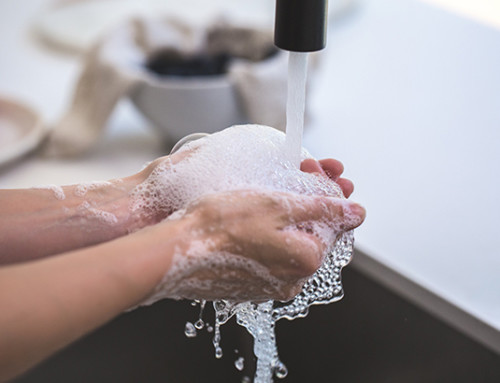
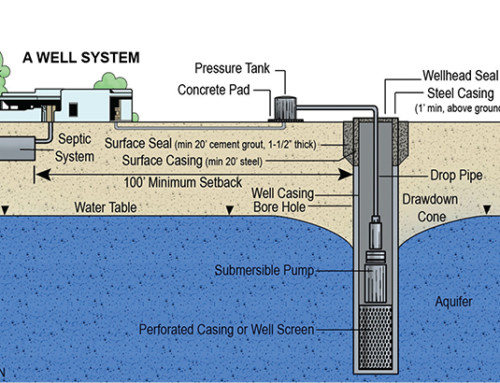
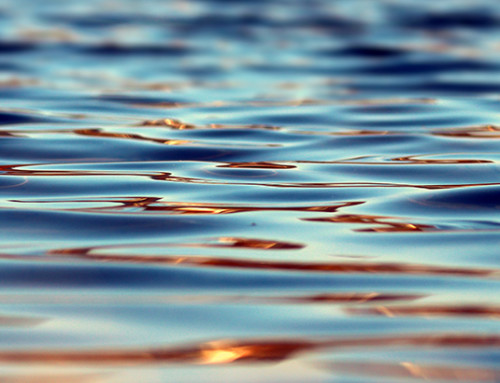
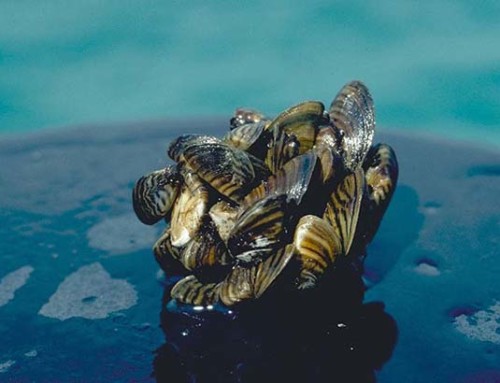
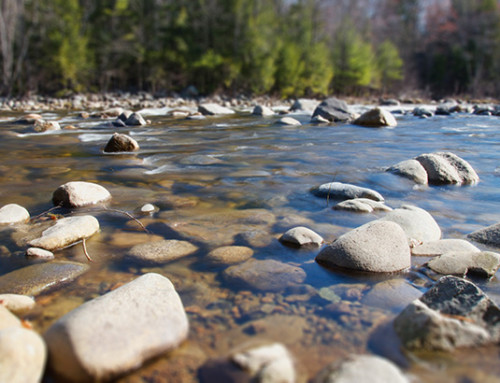
Very helpful, Thank You!
Good day. I’m Andrew, a Nigerian citize. I’m also interested in your fluoride test strips to carry out an experiment. I’ve got a borehole that is causing dental fluoroses in my community. I would like to check the level of fluoride in the underground water. Let me get your reply in a jiffy. Thanks
Andrew, thank you for your inquiry. You can contact our distributor in South Africa, Somerset Educational (somersetsales@isat.co.za) to purchase this strip. However, please note the advice of this article: our strips are not sensitive enough to detect lower levels of fluoride and are better used for detection of gross fluoride contamination. Depending on the levels, they may or may not work for your application.